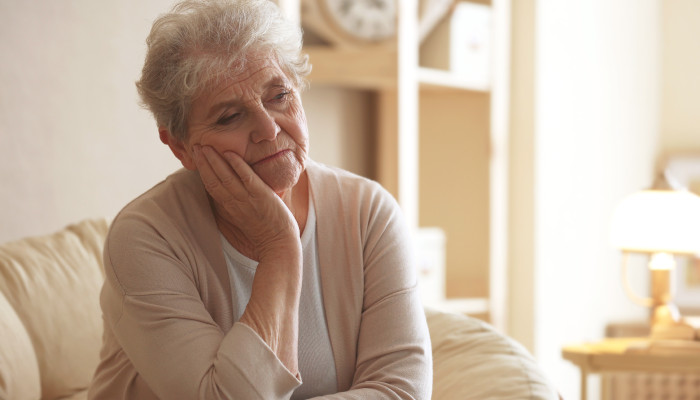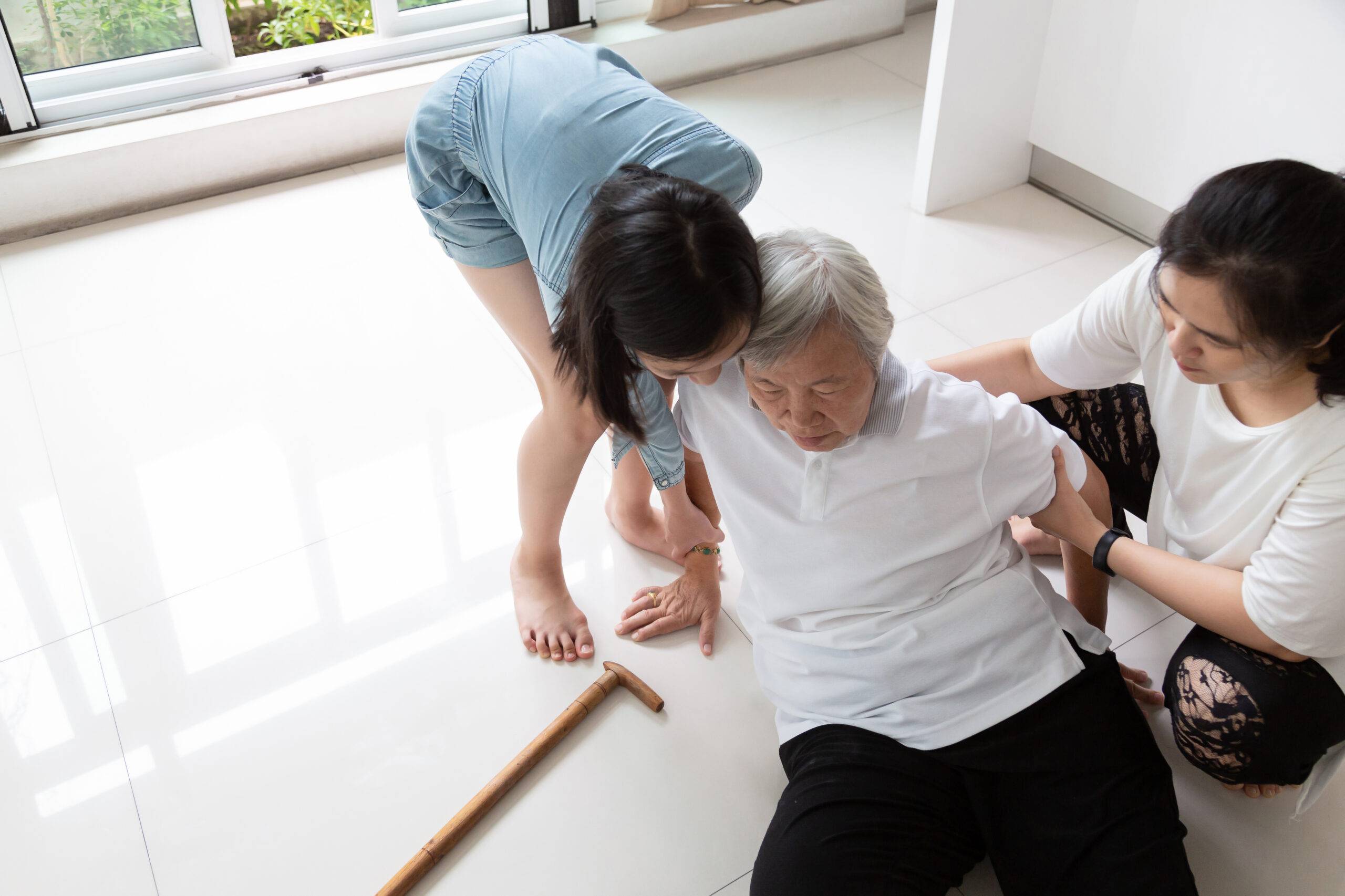Falls are a significant concern, particularly for older adults and those caring for them. Understanding the best fall prevention strategies is essential for ensuring the safety and well-being of loved ones. With the right knowledge and tools, families and caregivers can significantly reduce the risk of falls.

Understanding the Importance of Fall Prevention
For many, a fall can lead to serious injuries, such as broken bones or head trauma. This is especially true for seniors, who may already face mobility challenges. Therefore, implementing fall prevention strategies is crucial. According to the National Institute on Aging, falls and fractures are common but preventable.
Assessing Fall Risks at Home
Before implementing any strategies, it’s vital to assess the home environment for potential hazards. Look for loose rugs, poor lighting, and cluttered spaces. These are common culprits that can lead to falls.
Conducting a Home Safety Audit
A thorough home safety audit can help identify risks. Consider consulting with a professional or using online resources to guide you. Regular checks can ensure ongoing safety.
Implementing Safety Measures
Once risks are identified, it’s time to implement safety measures. Simple changes, like installing grab bars and improving lighting, can make a significant difference.
Using Technology for Fall Detection
Incorporating technology can enhance safety. Devices such as wearable fall detectors provide peace of mind for families. Learn more about wearable vs non-wearable options.
Encouraging Physical Activity
Regular exercise improves balance and strength, key components in preventing falls. Activities such as tai chi and gentle yoga are particularly beneficial.
Exercise Programs for Seniors
Many community centers offer tailored exercise programs for seniors. These not only improve physical health but also provide social engagement.
Medication Management
Some medications can increase fall risk due to side effects like dizziness. It’s essential to review all medications regularly with a healthcare provider.
Consulting with Healthcare Providers
Regular consultations with healthcare providers ensure that medications are managed correctly and that any necessary adjustments are made promptly.
Vision and Hearing Checks
Regular vision and hearing checks can prevent falls. Poor sight or hearing can lead to missteps or an inability to detect hazards.
Scheduling Regular Appointments
Ensure that regular appointments with an optometrist and audiologist are part of routine healthcare.
Using Assistive Devices
Assistive devices, such as canes or walkers, can provide additional support. Ensure these are fitted correctly and used consistently.
Choosing the Right Device
Selecting the appropriate device depends on individual needs. Consult with a healthcare provider to make the best choice.
Community Resources and Support
Many communities offer resources and support groups focused on fall prevention. These can be invaluable for caregivers seeking advice and support.
Joining Support Groups
Support groups offer a platform for sharing experiences and learning from others facing similar challenges.
Planning for Emergencies
Despite best efforts, accidents can happen. A well-thought-out emergency plan ensures that caregivers and families are prepared to respond quickly.
Creating an Emergency Action Plan
Include important contacts, medical information, and a clear plan of action in case of a fall.
Regularly Reviewing and Updating Plans
As circumstances change, it’s important to review and update fall prevention plans regularly. This ensures they remain effective and relevant.
Engaging with Professionals
Engage with professionals for advice and updates on the latest fall prevention strategies. Staying informed is key to maintaining safety.
Conclusion
Implementing the best fall prevention strategies requires a proactive and comprehensive approach. By assessing risks, implementing safety measures, encouraging physical activity, and utilizing community resources, families and caregivers can create a safe environment for their loved ones. For more insights on fall prevention, visit National Council on Aging.

FAQs
What are common causes of falls among seniors?
Common causes include poor balance, medication side effects, vision or hearing impairments, and environmental hazards.
How often should fall prevention strategies be reviewed?
Regular reviews, at least annually, or whenever there are significant changes in health or living conditions, are recommended.
Can exercise really help in preventing falls?
Yes, exercises that improve balance and strength can significantly reduce the risk of falls. Programs like tai chi are particularly effective.
This article contains affiliate links. We may earn a commission at no extra cost to you.






